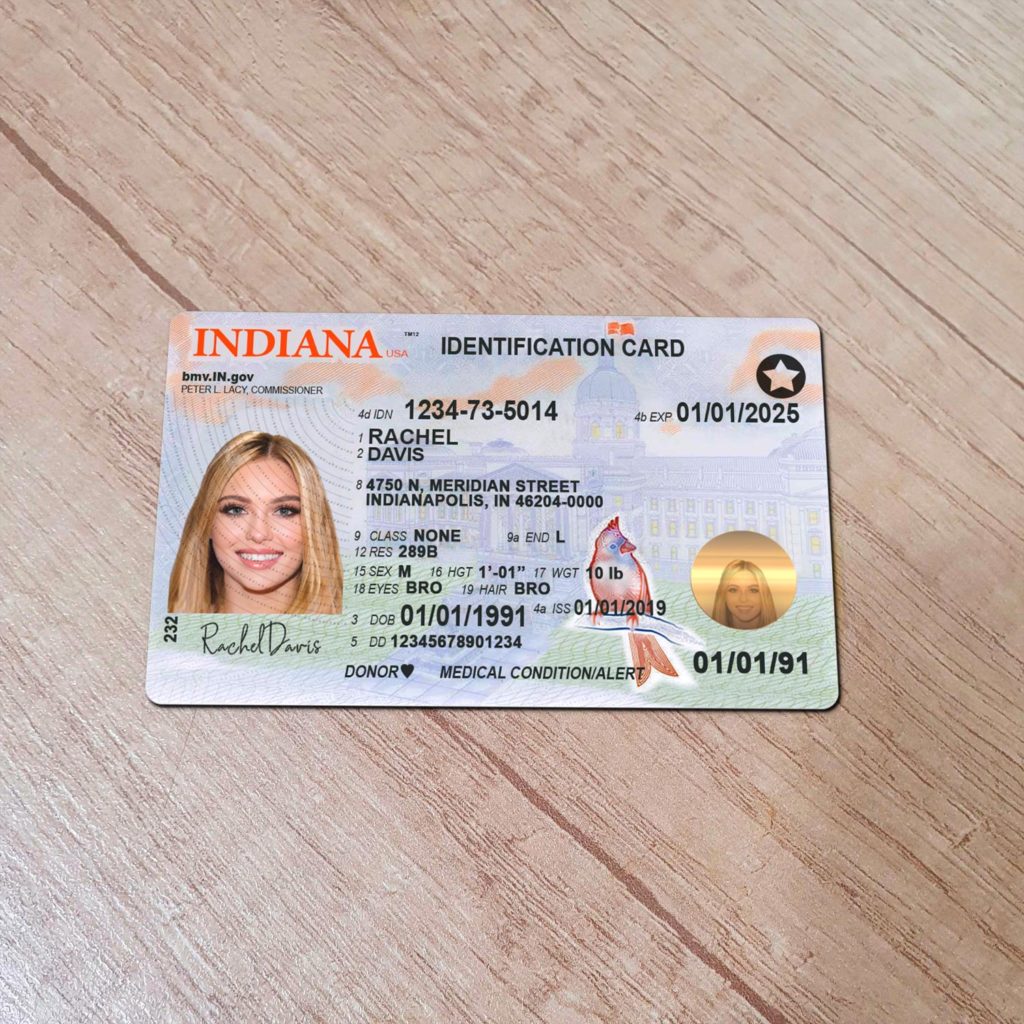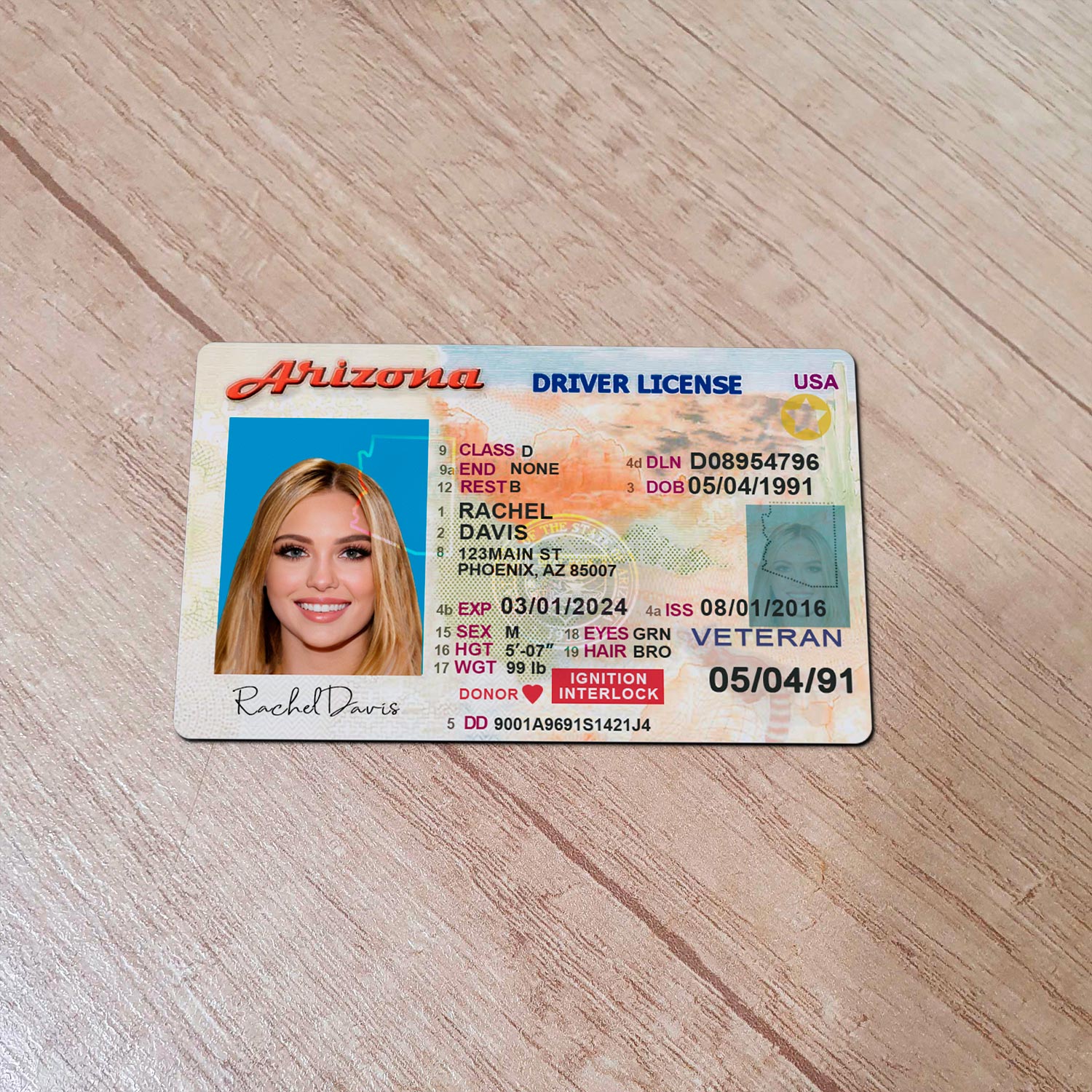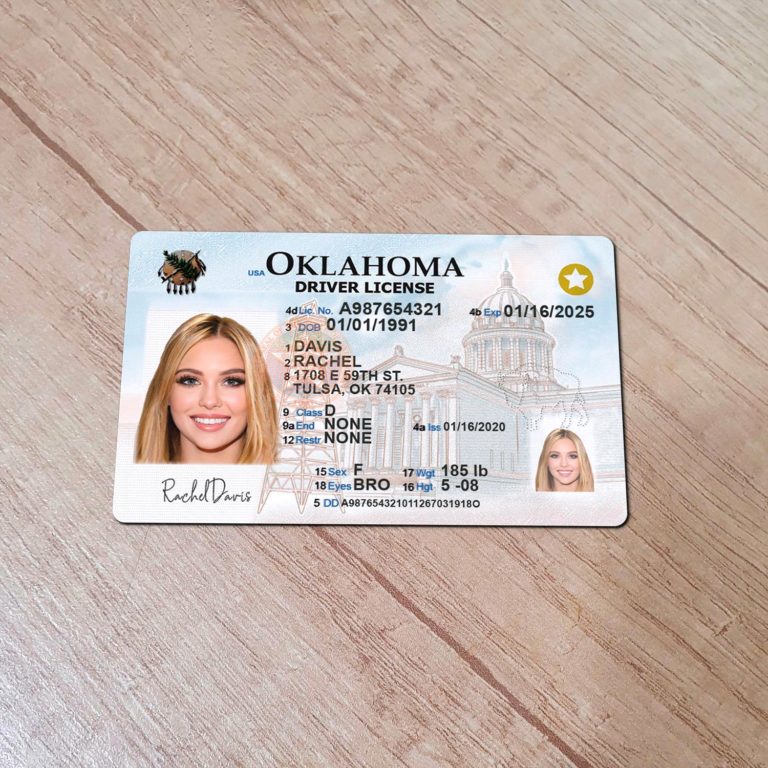The Importance of Document Verification in Today’s Digital Age
In today’s digital landscape, the importance of document verification cannot be overstated. With the rise of online transactions, e-commerce, and digital identity theft, individuals and businesses must prioritize secure identification practices. This blog explores the critical role document verification plays in protecting sensitive information and ensuring compliance with legal standards.
Understanding Document Verification
Document verification is the process of confirming the authenticity of identification documents, such as driver licenses, passports, and identity cards. This process is essential in various sectors, including finance, healthcare, and online services. As the digital economy expands, so does the need for effective verification methods to combat fraud and identity theft.
Why Verification is Crucial
The significance of document verification lies in its ability to protect against identity theft. With millions of identity theft cases reported annually, ensuring that the documents presented are genuine can prevent unauthorized access to personal and financial information. Verification processes also help organizations comply with regulations such as Know Your Customer (KYC) and Anti-Money Laundering (AML) laws, which require businesses to verify the identities of their clients.
Additionally, verification fosters trust in digital transactions. Consumers are more likely to engage with businesses that have robust verification procedures in place, knowing that their personal information is protected. This trust is crucial for building long-term relationships between businesses and their customers.
Methods of Document Verification
Various methods are employed for document verification, ranging from traditional techniques to advanced technological solutions. Traditional methods may include manual inspections of physical documents by trained personnel. However, this approach can be time-consuming and prone to human error.
Digital verification methods, such as biometric authentication, are gaining traction due to their efficiency and accuracy. Biometric data, such as fingerprints and facial recognition, provide a higher level of security by linking identity verification to physical attributes. This technology reduces the risk of impersonation and fraud.
Best Practices for Document Verification
Implementing best practices for document verification is essential for individuals and organizations alike. Firstly, it is crucial to establish a standard verification process that outlines the steps for verifying various types of documents. This process should include training personnel to recognize genuine documents and detect fraudulent ones.
Secondly, organizations should leverage technology to streamline the verification process. Automated verification tools can quickly analyze and validate documents, reducing the burden on staff and improving accuracy. These tools can also integrate with existing systems to enhance security and efficiency.
Lastly, it’s essential to educate customers about the verification process. Transparency regarding why and how their information is verified can foster trust and cooperation. Providing clear communication about data protection measures is also vital in reassuring customers that their information is safe.

Conclusion
In conclusion, document verification is a crucial aspect of maintaining security in today’s digital age. As fraud and identity theft continue to rise, individuals and businesses must prioritize effective verification methods. By understanding the importance of verification, implementing best practices, and leveraging technology, we can create a safer digital environment for everyone. Now is the time to evaluate and enhance your document verification practices to ensure compliance, protect sensitive information, and build trust with customers.


